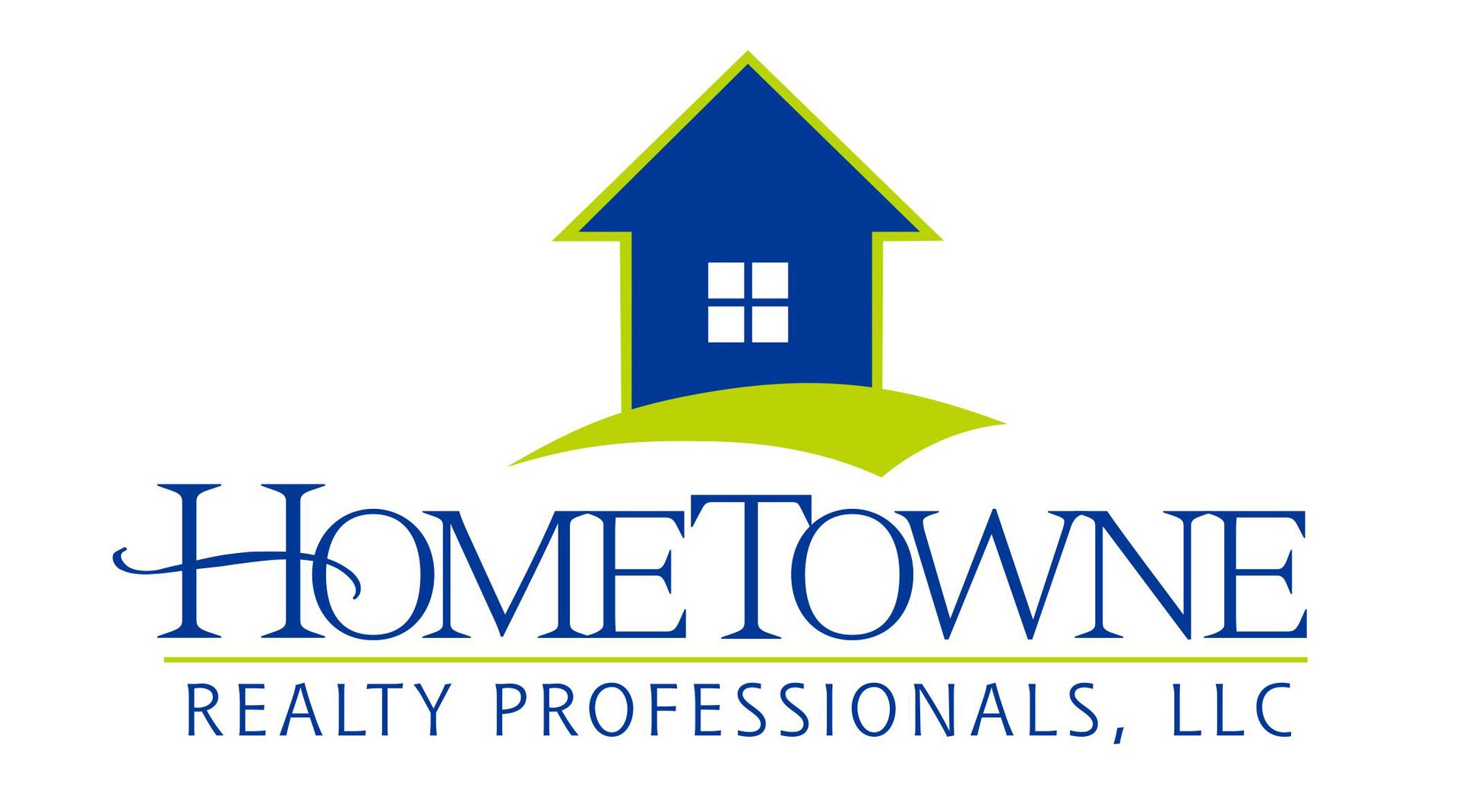Getting pre-approved for a mortgage is a crucial step in the home-buying process. It not only helps you understand your budget but also gives you an edge when it comes to making an offer on a home. In this blog, we will explain the steps involved in getting pre-approved for a mortgage, why it's important, and how it can help streamline the process of buying your new home.
1. Understand What Pre-Approval Means
Before diving into the process, it's important to understand what pre-approval is. When a lender pre-approves you for a mortgage, they review your financial situation to determine how much they are willing to lend you. This includes assessing your income, credit score, and overall financial health.
- Pre-Approval vs. Pre-Qualification: Pre-approval is more in-depth than pre-qualification, as it involves a thorough review of your financial documents. While pre-qualification gives you an estimate, pre-approval provides a specific loan amount.
- Credit Check: During pre-approval, the lender will perform a credit check to assess your creditworthiness. A higher credit score typically leads to better loan terms.
Knowing the difference between pre-approval and pre-qualification is key to understanding how each plays a role in securing your mortgage.
2. Gather Your Financial Documents
To get pre-approved for a mortgage, you'll need to provide the lender with several financial documents that give them insight into your ability to repay the loan.
- Proof of Income: Lenders will ask for documents like pay stubs, W-2 forms, or tax returns to verify your income.
- Credit Report: The lender will pull your credit report to evaluate your credit history.
- Debt-to-Income Ratio: Lenders will calculate your debt-to-income ratio, which compares your monthly debt payments to your gross monthly income.
- Asset Statements: You'll also need to show that you have enough savings for a down payment and closing costs.
Providing all necessary documents ensures a smoother pre-approval process, helping the lender evaluate your financial stability.
3. Shop Around for the Best Lender
When looking to get pre-approved for a mortgage, it’s important to shop around and compare rates and terms from different lenders. Interest rates and loan terms can vary significantly, so it’s essential to find the best deal for your financial situation.
- Compare Interest Rates: Even a small difference in interest rates can significantly impact your monthly mortgage payment. Be sure to compare interest rates from various lenders.
- Consider Loan Types: There are different types of mortgage loans, such as conventional loans, FHA loans, and VA loans. Make sure to explore all options and choose the one that best fits your needs.
Shopping around for a lender helps you secure the best possible terms for your mortgage, ensuring you get the most favorable deal.
4. Submit Your Application
Once you’ve chosen a lender, the next step is to formally submit your mortgage application. During this process, you’ll provide the lender with the necessary documentation and details about the property you're interested in.
- Full Application Process: Your mortgage application will require you to submit personal information, employment details, and information about the property you wish to buy.
- Processing and Verification: After you submit your application, the lender will review your documentation, verify your financial information, and assess the property’s value.
Submitting a complete and accurate application will help speed up the pre-approval process, allowing you to make an offer on a home sooner.
5. Receive Your Pre-Approval Letter
After reviewing your application and documentation, the lender will issue a pre-approval letter. This letter confirms how much the lender is willing to lend you based on your financial situation.
- Use the Letter to Shop for Homes: A pre-approval letter shows sellers that you’re a serious buyer with financing already lined up. It can give you an edge when competing with other buyers.
- Expiration Date: Keep in mind that pre-approval letters are typically valid for 60 to 90 days. If your home search extends beyond this period, you may need to get re-approved.
Having a pre-approval letter makes you a more attractive buyer, signaling that you can secure financing and move forward with the purchase.
6. Know What to Expect After Pre-Approval
Once you’re pre-approved for a mortgage, the next step is finding a home that fits within your budget. However, your financial situation can change during the home-buying process, so it’s important to stay in touch with your lender and avoid making any major financial changes.
- Maintain Your Credit: Don’t make any large purchases or open new credit accounts while your mortgage is being processed, as this could impact your pre-approval.
- Stay in Touch with Your Lender: Keep your lender updated on any changes to your financial situation, such as a job change or large financial transaction.
By staying proactive, you can avoid delays in the mortgage approval process and move forward with confidence.
Conclusion
Getting pre-approved for a mortgage is an essential step in the home-buying process. It provides clarity on your budget, strengthens your position as a buyer, and helps streamline the purchasing process. By gathering the necessary financial documents, shopping around for the best lender, and staying proactive throughout the process, you can make the experience as smooth as possible.
At Hometowne Realty Professionals, we’re here to guide you through every step of the home-buying process. Whether you’re just starting to explore mortgage pre-approval or you’re ready to make an offer on a home, our experienced team can provide the support you need. Contact us today to learn more about pre-approval and how we can help you find the perfect home.












